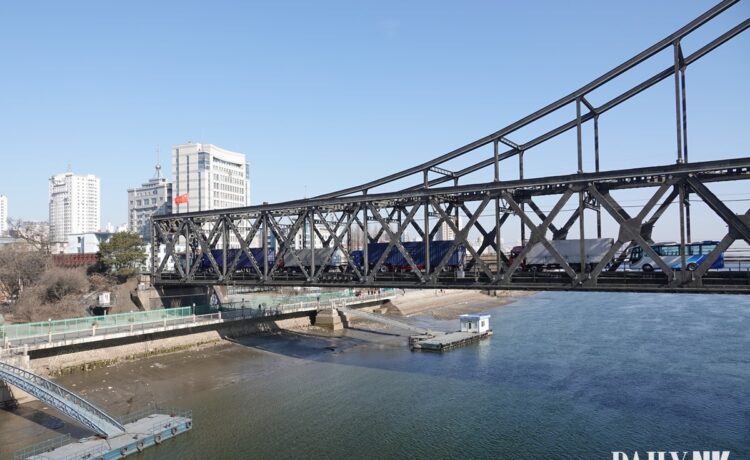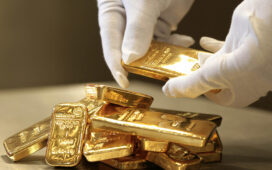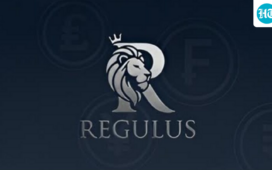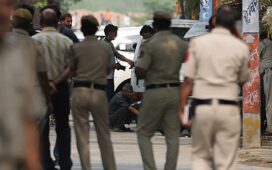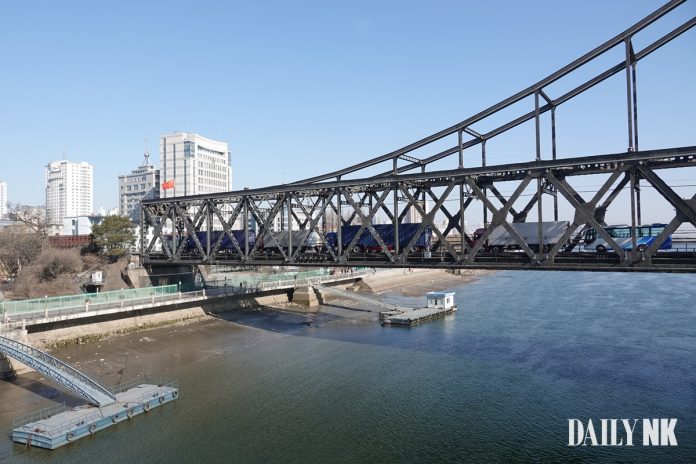
The exchange rate between North Korean won and Chinese yuan has crashed in the border city of Sinuiju following Kim Jong Un’s visit to China, but prices haven’t budged, leaving residents scratching their heads.
In Sinuiju, North Korea’s main trade hub with China, the yuan had climbed to around 6,000 North Korean won in August. But starting Sept. 10, after Kim’s China trip, it plummeted to around 4,000 won by Sept. 14, a source in North Pyongan province told Daily NK on Tuesday.
“The yuan rate dropped because Chinese business partners said they’d buy raw materials like pine nuts, mushrooms and medicinal herbs, and paid advance money in yuan,” the source said. “Yuan poured in all at once, but there wasn’t enough North Korean money in the market to exchange for it, so the rate crashed.”
Local rumors say “yuan came in by the bagful,” and most people believe the currency collapse resulted from a sudden influx of Chinese investment money.
But market prices haven’t moved despite the dramatic currency swing, leaving people as confused as when exchange rates were shooting up
Ordinary people get squeezed either way
“Wealthy families these days stockpile foreign currency and convert small amounts when they need to spend, so when the exchange rate drops like this, they’re bound to lose big,” the source said. “When rates go up, prices shoot up right away, but when rates fall, market prices don’t come down. Everyone’s saying ‘let’s wait and see’ and obsessing over what prices will do.”
Even as the currency trends downward, prices stay frozen, prompting people to complain that “we’re the ones who lose out from all this exchange rate craziness.”
Some people see the plunging won-yuan rate as a sign that North Korea-China relations are improving.
“For years, it’s been hard to get advance payments from Chinese partners, but the fact that advance money came in suggests Chinese partners picked up signals that Beijing might ease trade controls with North Korea,” the source said.
North Korean authorities had recently been discouraging exports of raw materials like medicinal herbs while pushing processed goods instead. But with raw materials back in the spotlight, trade restrictions may have loosened on both sides after Kim’s China visit.
Still, many are cautious about whether this represents a temporary blip or a genuine shift toward more stable North Korea-China trade.
“Most people think the 4,000-won level will stick around for now, but nobody knows when things might get volatile again,” the source said. “The fact that Chinese advance money made the exchange rate suddenly crash could also mean rates might spike again anytime trade conditions change, so we’ll have to keep watching.”

